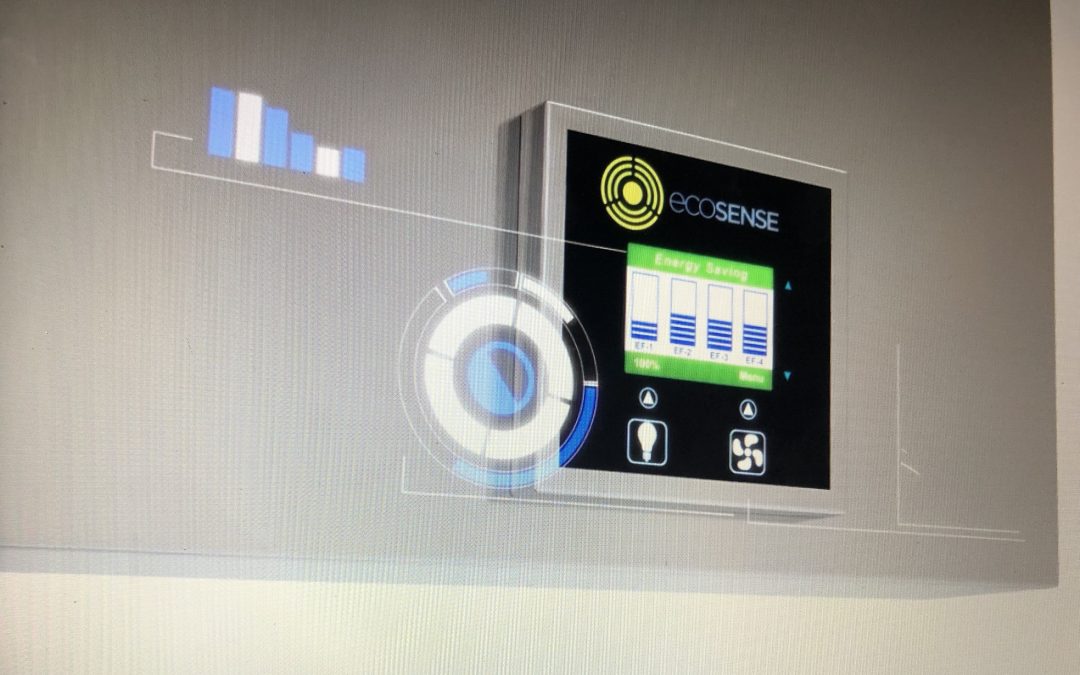These days, running a sustainable restaurant is key to a successful business
In a world of rising energy costs and erratic climate change, it’s never been more essential to reduce your restaurant’s energy consumption. Food professionals around the globe have been doing it for decades, creating huge cuts in both their energy usage and expenses.
At ecocanopy, we’re constantly developing sustainable solutions to help you save energy and reduce your carbon footprint. We’ve put together our top tips below.
Use high-performance equipment
When it comes to your commercial kitchen appliances, energy-efficiency varies considerably between models. Cheaper appliances can have up to 40% lower energy efficiency, which can lift your carbon footprint and add thousands of dollars to your annual energy bill.
Ventilation is one of the single biggest users of energy within a commercial kitchen, so low energy consumption exhaust hoods can be one of your greatest assets. Also, it’s important to have the right type of exhaust hoods for your cooking needs. For example, in heavy grease or high temperature cooking environments, consider an exhaust hood like ecomist, which uses cold water mist technology and ultra filtration to effectively filtrate the grease.
Always look for high-performance models that are CodeMark certified with high energy-efficiency.
Switch to renewable energy
Investing in renewable energy (solar panels, wind power etc.) can be a good return on investment because it shows employees and consumers you’re a sustainable business, leading to increased custom and higher employee retention (as well as reducing your carbon footprint).
Turn idle appliances off
Leaving equipment on when they’re not in use wastes hundreds of dollars in added maintenance and wasted energy, depending on the equipment it can also be a fire hazard. Having simple procedures in place to shut down idle equipment can result in huge energy savings:
- Create a startup/shutdown schedule noting when appliances are most used and when they are idle.
- Have procedures in place to shut down equipment manually or use smart technology to start up and shut down equipment automatically. When it comes to your exhaust hoods, consider installing a product like ecosense, which saves energy by instructing your exhaust fans to work only as hard as necessary to match cooking activity (reducing your commercial kitchen’s energy consumption by up to 60%). ecosense also has automatic on/off capabilities to shut down idle equipment and can even be set to automate itself based on temperature and smoke.
- Use motion sensors to automate lights and solar-powered outdoor lights that charge themselves.
Have an energy-efficient kitchen layout
An incredible amount of energy can be saved when your appliances are strategically placed and your kitchen layout reflects the logical movement of your staff and tasks. There are a few ways to position equipment to maximise energy efficiency:
- Create separate temperature zones for heat producing and cooling appliances. This way, your appliances won’t need to work as hard to maintain their desired temperatures.
- Have adequate kitchen ventilation to help maintain healthy room temperatures, increasing staff productivity and the efficiency of your appliances.
- Maximise natural lighting during the day and only use artificial lighting at night.
Maintain and clean equipment regularly
Without regular cleaning and maintenance, equipment deteriorates more quickly and guzzles up higher quantities of energy. To extend the life of appliances and ensure they’re performing at peak, here are just a few examples of what you should be doing:
- Regularly clean the UV lamps within your exhaust hoods.
- Clean the condenser coils within your refrigeration units to prevent them clogging with dust.
- Clean and replace the filters within your exhaust hoods to prevent grease build-up in ductwork which is the leading cause of kitchen fires.
Grow a vegie patch
Food has to travel sometimes thousands of kilometres to reach its final destination, which creates greenhouse gas emissions. And a typical meal contains at least five ingredients sourced from different countries around the globe! If you can produce some foods on-site, you can significantly reduce your carbon footprint.
Talk to us today about our energy-efficient exhaust hoods and products and start saving energy where it counts.

Recent Comments